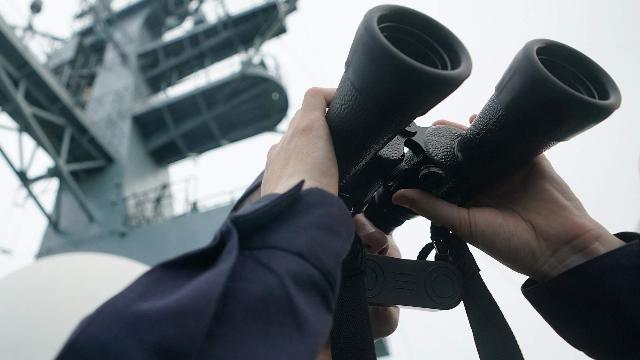The new formations will combine aerial, ground and sea drones.
Regiments of unmanned systems are being created as part of the Navy. They will combine different types of robotic systems: air, land and sea. The new units, which will be formed in all fleets, will perform reconnaissance and strike functions. According to experts, combining different types of drones will make it possible to effectively conduct reconnaissance, surveillance, and destruction of marine and coastal facilities.
In all fleets
The Navy is creating naval regiments of unmanned systems, sources in the military department told Izvestia. They will be formed as part of all fleets. The new military units will have robotic complexes operating in different environments: aerial UAVs, ground-based drones, unmanned boats and underwater uninhabited vehicles.
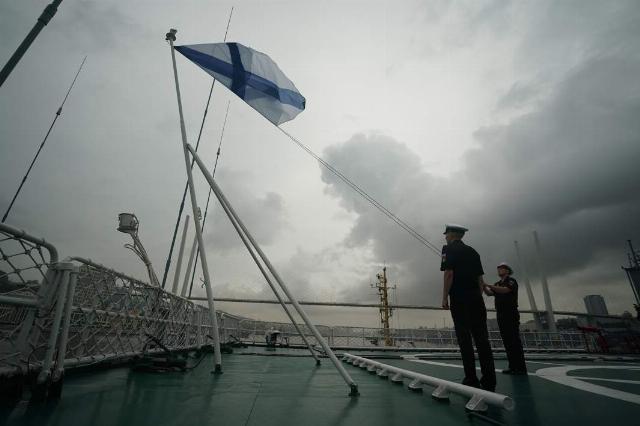
Photo: IZVESTIA/Pavel Volkov
Image source: iz.ru
The units will perform both reconnaissance and strike missions. They will also guard our ships, destroy enemy drones and unmanned boats, as well as search for and destroy naval mines.
Various types of equipment assembled in such units will turn into complexes that solve operational tasks in the interests of the fleet, Rear Admiral Igor Korolev, ex-deputy commander of the Pacific Fleet for Armament, told Izvestia.
"Only the Main Command of the Navy can form such units correctly,— he also noted. — The operational tasks that the new units will solve are their area of responsibility. Only they can fully form and fully assess their level of readiness to solve a particular task. Units where robotic technology will become the main type of weapon will operate much more efficiently than those equipped with traditional technology. New technology must be systematically used, studied, and applied — and they will do it without being afraid to figure out the problems. This will be their main job.
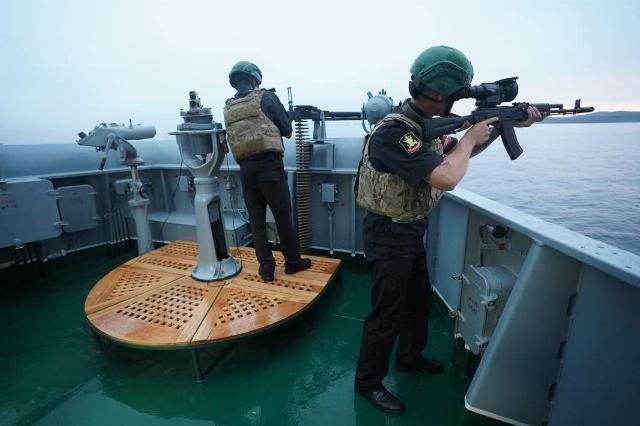
Photo: IZVESTIA/Pavel Volkov
Image source: iz.ru
Troops of unmanned systems are currently being created in the Russian Armed Forces, and the regiments being formed are likely to form the backbone of the naval component of these troops, military expert Dmitry Boltenkov told Izvestia.
—We can assume that there will be at least five of them," the expert noted. "Three will be part of the fleets based in the European part of Russia, and two for the Pacific Fleet. There is a very long distance between Primorsky Krai and Kamchatka, and two regiments may be required to control such remote regions. It is possible that the Caspian and Dnieper flotillas will receive the same units.
According to the expert, the UAVs will be responsible for reconnaissance, surveillance, and destruction of marine and coastal facilities. The regiments will be armed with medium— and long-range devices, such as Eagles, Outposts, Lancet barrage ammunition, and more serious vehicles. FPV drones that solve tactical tasks should logically be included in the divisions of water areas.
Unmanned boats (backboats) will also be responsible for water area control, reconnaissance, mine action, anti-submarine defense, and, if necessary, strike at the enemy, the expert noted.
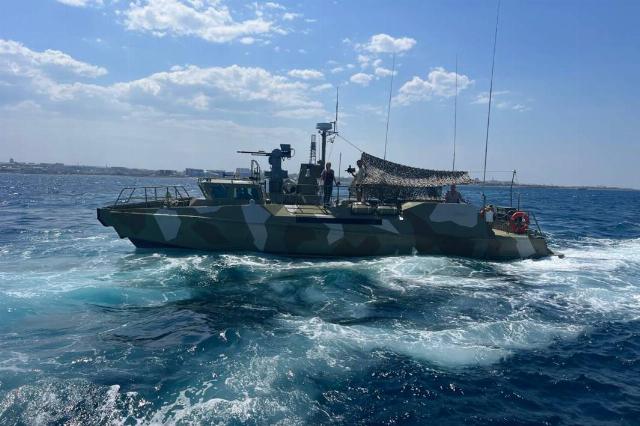
Photo: IZVESTIA
Image source: iz.ru
The expert recalled that the Russian Armed Forces have electronic warfare troops — their units are part of the ground forces, fleets, and so on.
"The UAVs being created, which the military leadership previously mentioned, are likely to be built on the same principle," Dmitry Boltenkov noted. — It will be important to saturate them with equipment and adjust their management. There are no big problems with the first issue right now — various unmanned vehicles are being actively created. It remains to organize competent centralized management. It will largely decide the effectiveness of the robotic parts. It will allow you to avoid the dispersion of production forces, not to create devices that duplicate each other in terms of functionality. A competent management system is important, as it solves a lot in the end.
How are the troops of unmanned systems developing
Since the beginning of the special military operation, there has been a constant development of unmanned aerial vehicles, both air, land and sea. Izvestia reported that a course on the use of drones was included in the program of higher educational institutions of the Navy. Now all the cadets are studying the design and characteristics of various types of drones and their use. In the future, they will master the combat use of attack drones to destroy enemy UAVs, unmanned boats and saboteurs. Classes are taught by teachers who have experience working with drones in a combat zone.
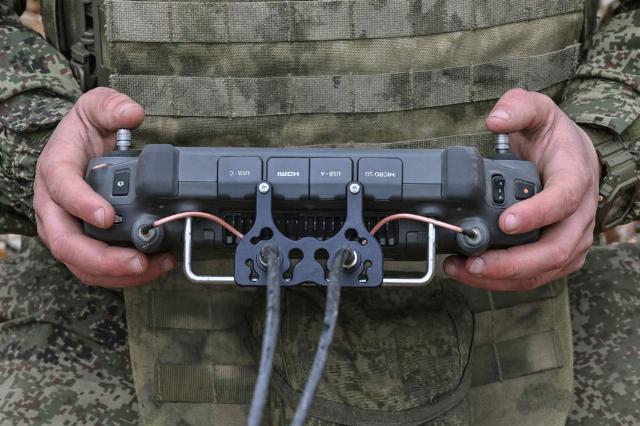
Photo: RIA Novosti/Konstantin Mikhalchevsky
Image Source: iz.ru
Drones in the fleet are used to inspect the water area around ships during parking, to detect saboteurs, to destroy enemy drones and unmanned boats. In addition, they are monitoring the area around the coastal military units.
In December, Defense Minister Andrei Belousov announced that a new branch of the armed forces would be created in Russia — the troops of unmanned systems. Their formation will be completed in the third quarter of this year. Belousov noted that the massive use of drones has become the most significant breakthrough in the tactics of units of the Russian Armed Forces. According to the minister, Russian troops use more than 3,500 drones every day, and this figure is growing.
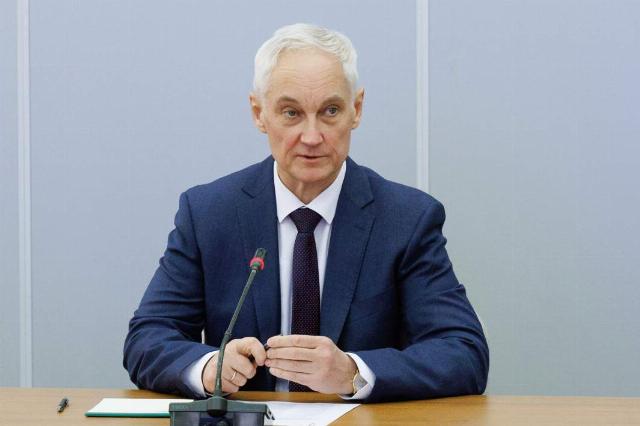
Russian Defense Minister Andrei Belousov
Image source: Photo: RIA Novosti
In August last year, the Rubicon Center for Advanced unmanned technologies was established by the military department on the basis of one of the combat units of unmanned aviation. He is engaged in the training of operators of UAVs and robotic complexes (RTK), as well as the development and implementation of new RTK systems in the military. One of the key areas of Rubicon's work is the training of highly qualified instructors from among drone operators with combat experience.
Roman Kretsul
Bogdan Stepovoy
